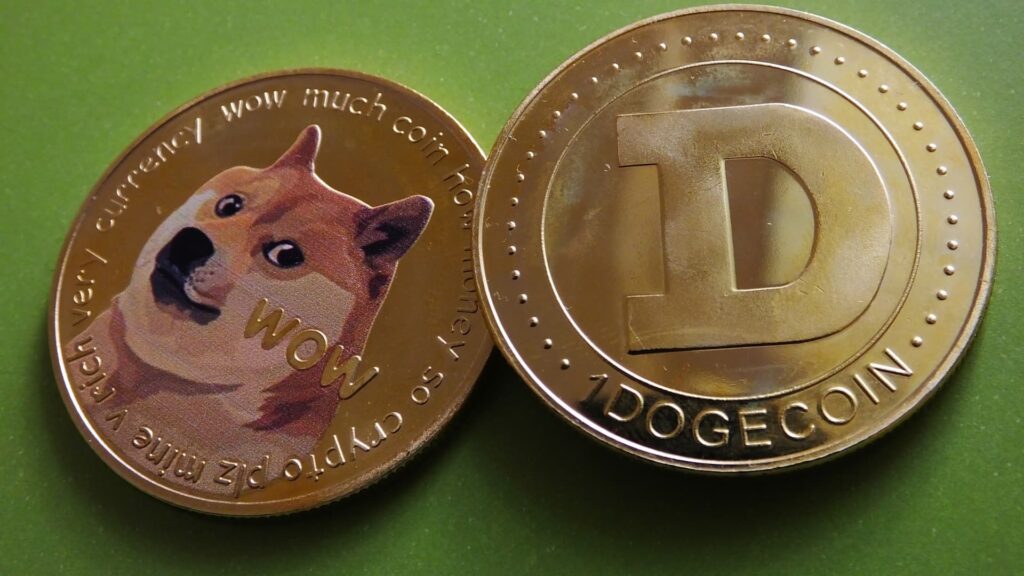
Dogecoin and its work, is a decentralized cryptocurrency created as a lighthearted alternative to Bitcoin. It enables peer-to-peer transactions using blockchain technology.
Built on open-source code, Dogecoin operates through mining, community engagement, and low transaction fees, making it accessible and widely used for online tipping and payments.
DOGECOIN AND ITS WORK: ORIGINS AND PURPOSE
In Dogecoin and its work, was launched in December 2013 by software engineers Billy Markus and Jackson Palmer. The idea was to build a fun, accessible cryptocurrency alternative to the more serious-tone networks of the time, such as Bitcoin and Litecoin. Initially created as a “joke coin” with the recognizable Shiba Inu dog meme logo, Dogecoin targeted a broader demographic of users beyond traditional crypto enthusiasts.
READ ALSO:
CEASEFIRE EXTENTION BETWEEN PAKISTAN AND AFGHANISTAN
Rather than aiming for a large, complex feature set, Dogecoin was designed simply as an open-source peer-to-peer digital currency. It inherited much of its structure from the Litecoin blockchain architecture and specifically used a Scrypt-based proof-of-work algorithm. This technical foundation allowed it to operate with lighter demands and faster transaction times compared with early Bitcoin.
One of the distinguishing decisions in the early days was that the project had no central CEO or single controlling entity. Rather, the community of holders, miners and supporters have helped maintain and promote the ecosystem. This decentralized, community-driven ethos aligned with its more playful, user-friendly positioning. Over time this orientation helped it evolve from meme to meaningful player in the crypto space.

TECHNICAL FEATURES AND NETWORK MECHANICS
Technically Dogecoin and its work, Dogecoin uses a proof-of-work consensus mechanism very similar to Litecoin’s, meaning that miners expend computational power to validate transactions and secure the network. The Scrypt algorithm it uses makes it less reliant on specialized ASIC hardware and more accessible for broader mining participation. Blocks are generated roughly every minute and the reward per block is fixed at 10,000 DOGE.
The monetary policy of Dogecoin is inflationary: it started with an intended supply cap of 100 billion coins, but this cap was removed a few months after launch, making the supply unlimited in principle. The inflation model means new DOGE coins are issued continuously (with block rewards) rather than the supply being strictly capped. Transaction speeds are fast and fees are very low, making the network well suited to small, frequent payments.

One effect of these technical and network choices is that Dogecoin has positioned itself as more of a “micro-payment” friendly cryptocurrency rather than one aiming to be a store of value like Bitcoin. The low barrier to entry, fun branding and simpler architecture support that use case. Over time the network has also been adopted for tipping content creators, crowdfunding and other community-driven uses.
USE CASES, VALUE DRIVERS AND RISKS
One of the primary use cases for Dogecoin has been online tipping and micro-payments. The low fees and fast settlement enable users to send small amounts of value easily, for example as tips on social media, or as rewards in online communities. It has also been accepted by an increasing number of merchants and used in blockchain-based payment contexts.
In terms of Dogecoin and its work value drivers, Dogecoin’s price is influenced not only by standard supply/demand market mechanics but also by its strong, vocal community and social-media driven momentum. For example, endorsements or public comments by high-profile individuals have caused price surges. Moreover, broader crypto market trends—especially movements in Bitcoin—tend to ripple through to Dogecoin.
However, there are risks to be aware of. The inflationary supply model means that without a strong uptick in demand, the value per coin can be diluted over time. Also, its use case (micro-payments, tipping) is narrower compared to cryptocurrencies that target full financial infrastructure. Being partly driven by social sentiment and hype rather than purely fundamentals means that Dogecoin’s price can be highly volatile. Finally, as with any cryptocurrency, regulatory changes, security issues, or changes in mining economics can impact the network’s viability.

